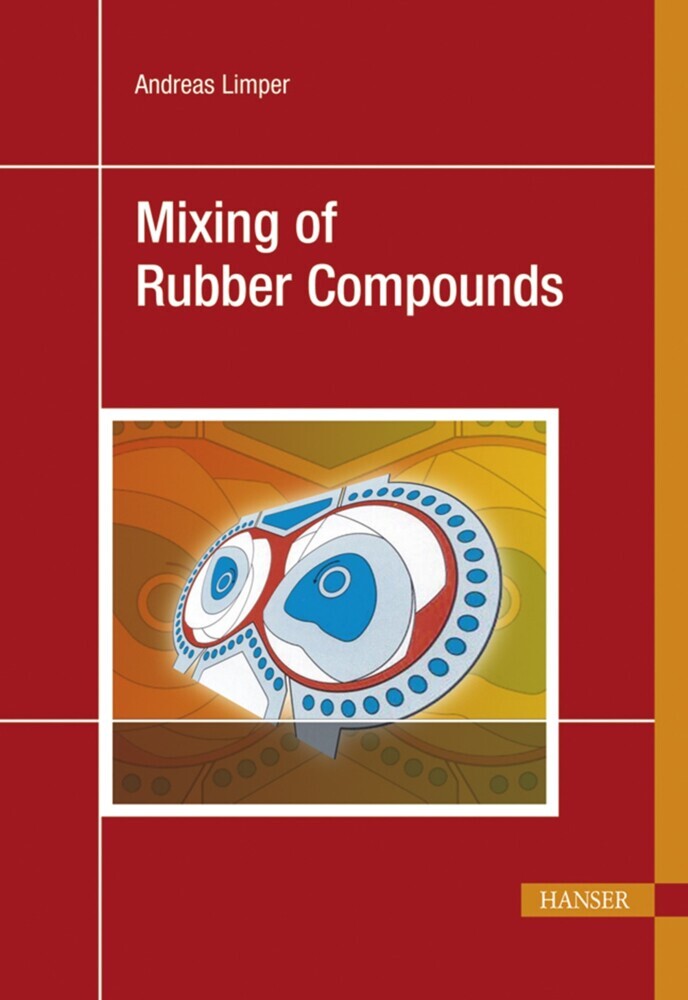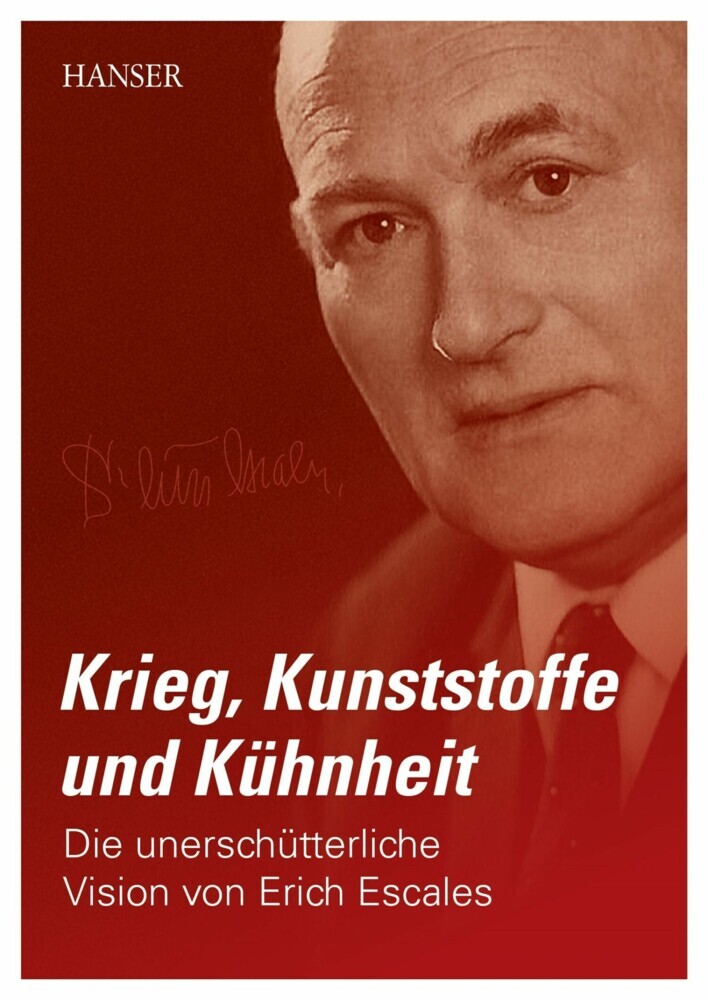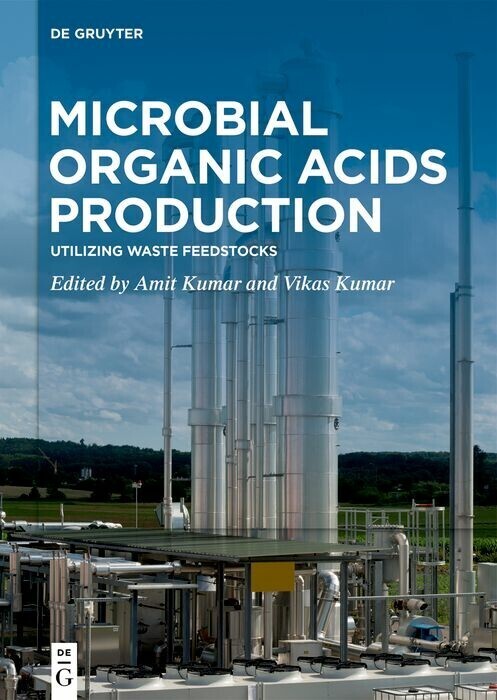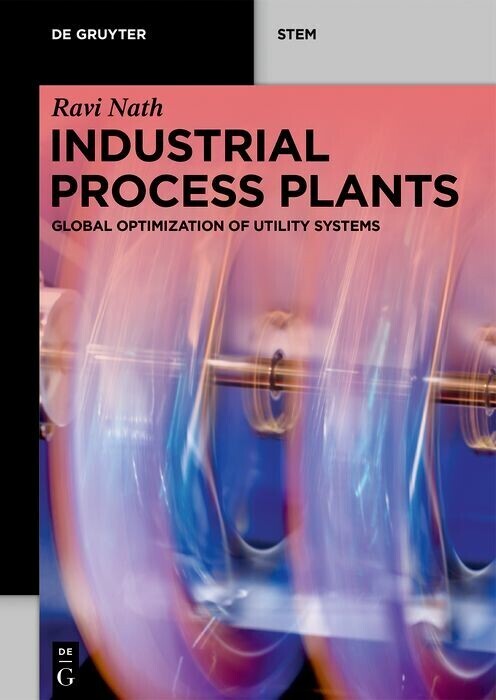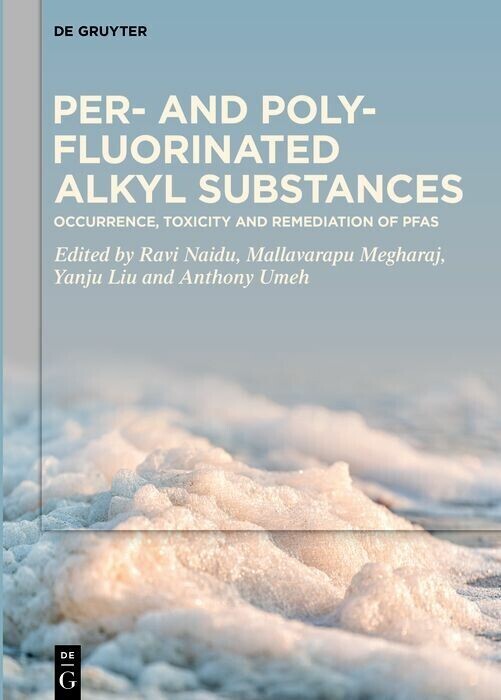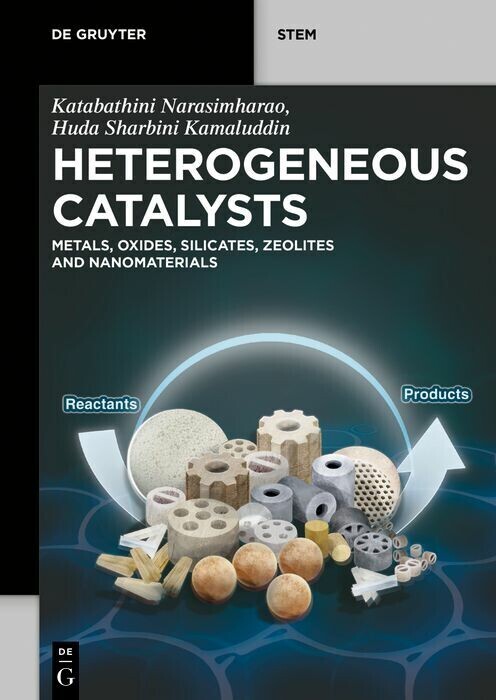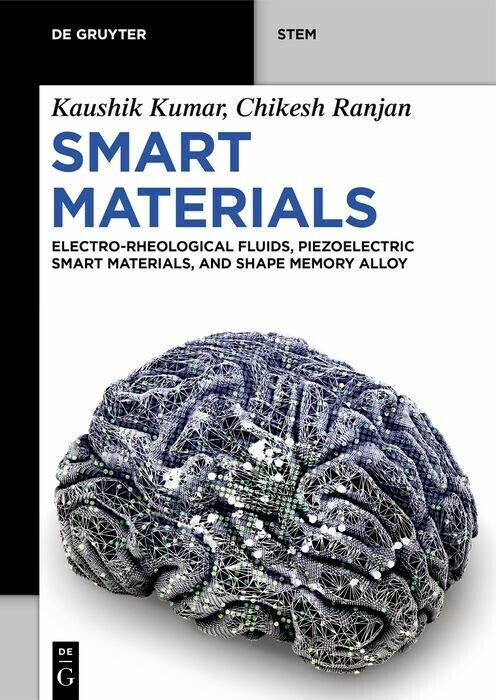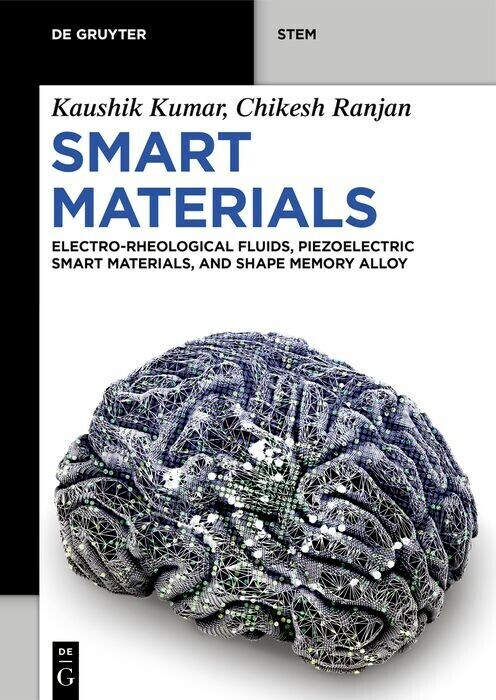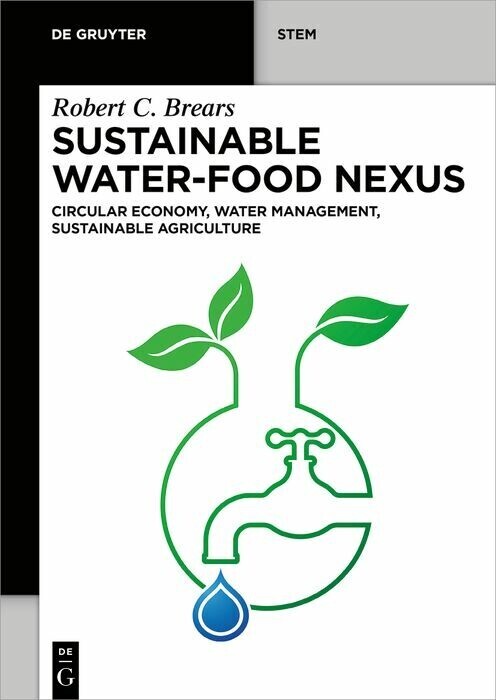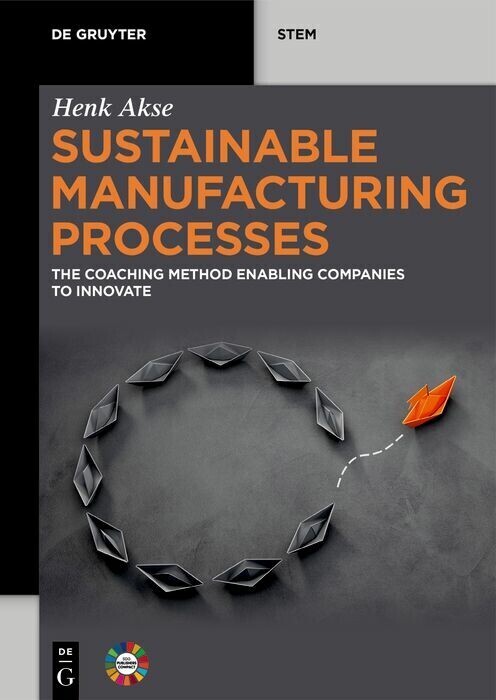Mixing of Rubber Compounds
The book covers the major aspects of rubber compounding. For the first time, the reader will find all relevant issues, whether it is machine design, process technology, or material parameters, covered in one comprehensive volume.
- Compounding (System Description)
- The Mixer
- Process Technology in Compounding
- Correlation between Material Parameters and the Cpompounding Process
- Correlation between Processing and Properties for Technical Parts Made from Rubber
- Properties of Synthetic Polymers during Compounding
- Production of Silica Compounds
- Physical Phenomena in the Manufacture of Rubber Compounds
- Compounding (System Description)
- The Mixer
- Process Technology in Compounding
- Correlation between Material Parameters and the Cpompounding Process
- Correlation between Processing and Properties for Technical Parts Made from Rubber
- Properties of Synthetic Polymers during Compounding
- Production of Silica Compounds
- Physical Phenomena in the Manufacture of Rubber Compounds
1;Table of Contents;82;1 Internal Mixer - Configuration and Design;142.1;1.1 Machine Design;142.1.1;1.1.1 Overall Features;142.1.2;1.1.2 Mixing Chamber;152.2;1.2 Types of Internal Mixers;162.2.1;1.2.1 Tangential Rotors;162.2.2;1.2.2 Intermeshing Rotors;182.2.3;1.2.3 Technological Comparison;182.2.4;1.2.4 Intermeshing Rotors with Variable Clearance (VIC);202.2.5;1.2.5 Tandem Mixing;212.3;1.3 Feeding Hopper;242.3.1;1.3.1 Design Considerations;242.3.2;1.3.2 Pneumatic Feeding Hopper;252.3.3;1.3.3 Hydraulic Feeding Hopper;262.3.4;1.3.4 Comparative Aspects;272.3.4.1;Low Noise Levels;272.3.4.2;Rapid Ram Movement;272.3.4.3;Precise Ram Force Adjustment;272.3.4.4;Reproducible Process Conditions;282.3.4.5;Reduced Operating Costs;282.4;1.4 Digital Ram Position Control;292.5;1.5 Mixing Chamber;312.5.1;1.5.1 Hard-Coating;322.5.2;1.5.2 Dust Sealing;342.5.3;1.5.3 Spring Loaded Dust Seals;352.5.4;1.5.4 Hydraulic Dust Seals with Yoke;362.5.5;1.5.5 Hydraulic Dust Seals with Cylinders (CH);382.5.6;1.5.6 Comparison of Spring Loaded and Hydraulic Dust Seal Systems;382.6;1.6 Temperature Sensor;392.7;1.7 Plasticizer Oil Injection;422.8;1.8 Rotors;432.8.1;1.8.1 Assembly and Cooling;432.8.2;1.8.2 Rotor Bearings;442.8.3;1.8.3 Rotors for Tangential Internal Mixers;452.8.3.1;Basics;452.8.3.2;Two-Wing Rotors;462.8.3.3;Four-Wing Rotors;462.8.3.4;N-Rotor (Normal Rotor; also Called Standard-Rotor)472.8.3.5;Full-4-Wing (F-4-W)-Rotor;472.8.3.6;ST®-Rotor (Synchronous Technology);482.8.3.7;ZZ 2-Rotor;492.8.3.8;HDSC-Rotor (High Dispersion Super Cooled);502.8.3.9;MDSC-Rotor (Maximum Dispersion Super Cooled) [10];512.8.3.10;Six-Wing Rotor [11];512.8.4;1.8.4 Rotors for Intermeshing Internal Mixers;522.8.4.1;History of Development;522.8.4.2;Interlocking Technology;532.8.4.3;PES-Technology;542.9; 1.9 Mixer Base Plate;562.9.1;1.9.1 Design;562.9.2;1.9.2 Drop Door and Latch Assembly;572.9.3;1.9.3 Drop Door and Toggle;582.10;References;593;2 Processing Aspects of Rubber Mixing;603.1;2.1 Mixing Principles;603.2;2.2 Process Description;633.3;2.3 Influence of Raw Material Properties;683.4;2.4 Influences of Process Parameters ;703.5;2.5 Basic Considerations for the Development of a Mixing Cycle;793.6;References;814;3 Mixing Characteristics of Polymers in an Internal Mixer;844.1;3.1 Natural Rubber (NR);844.2;3.2 Ethylene Propylene Diene Rubber (EPDM);884.3;3.3 Chloroprene Rubber (CR);914.4;3.4 Styrene Butadiene Rubber (SBR);934.5;3.5 Butadiene Rubber (BR);974.6;3.6 (Acryl)Nitrile Butadiene Rubber NBR;974.7;3.7 Butyl Rubber ;994.8;3.8 Fluor Rubber;994.9;3.9 Resins;1004.10;3.10 General Considerations;1014.11;References;1065;4 Internal Mixer - a Reaction Vessel;1085.1;4.1 The Silica Network;1095.2;4.2 Influence of Mixing Time and Temperature on Hydrophobation;1105.3;4.3 Chemistry of the Silica-Silane Reaction;1125.4;4.4 Temperature Limits;1145.5;4.5 Summary and Consequences;1165.6;References;1176;5 Effect of Process Parameters on Product Properties ;1206.1;5.1 Introduction;1206.1.1;5.1.2 Quality Parameters of Raw Material;1216.1.1.1;5.1.2.1 Quality Parameters of EPDM Polymers;1216.1.1.2;5.1.2.2 Quality Parameters of Carbon Black ;1226.2;5.2 Raw Material Changes in the Rubber Mixing Room;1296.2.1;5.2.1 Increase of Carbon Black Fines Content during the Conveying Process;1306.2.2;5.2.2 Baking Behavior of Carbon Black in Conveying Pipes;1316.3;5.3 Effect of Variations in Raw Material Quality Parameters on the Mixing Process;1346.3.1;5.3.1 EPDM Long Chain Branching;1346.3.2;5.3.2 Carbon Black Fines Content;1376.3.3;5.3.3 Carbon Black Pellet Hardness;1386.4;5.4 Delivery Form of Sulphur;1406.5;5.5 Weighing Accuracy;1426.6;5.6 Predicting Product Quality;1446.7;5.7 The Quality Assurance Concept "Future Mixing Room";1476.8;References for Section 5.1 to 5.7;1526.9;5.8 Rubber Compounding and its Impact on Product Properties;1546.10;5.9 Testing Methods for Rubber Compounds ;1576.10.1;5.9.1 Mooney
Limper, Andreas
| ISBN | 9783446428652 |
|---|---|
| Artikelnummer | 9783446428652 |
| Medientyp | E-Book - PDF |
| Copyrightjahr | 2012 |
| Verlag | Carl Hanser Fachbuchverlag |
| Umfang | 240 Seiten |
| Abbildungen | 186 Farbabb. |
| Sprache | Englisch |
| Kopierschutz | Digitales Wasserzeichen |

